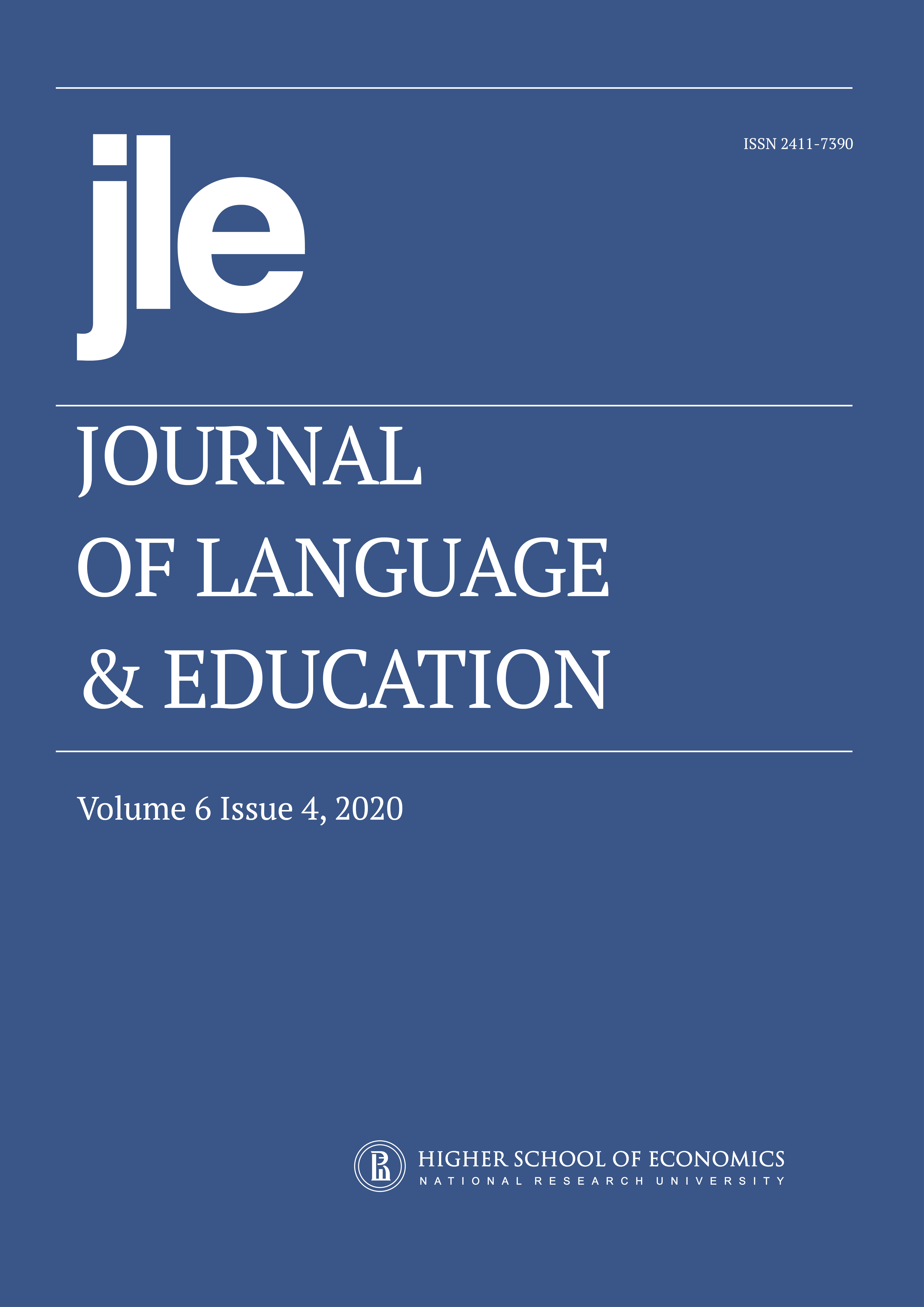Beyond «Listen and Repeat»: Investigating English Pronunciation Instruction at the Upper Secondary School Level in Slovakia by R. Metruk: A Book Review
Downloads
References
Archer, G. (2018). Pronunciation models in regional environments: a comparison and assessment of RP and SSE [Unpublished MRes thesis]. University of Glasgow.
Bhattacherjee, A. (2012). Social science research: Principles, methods and practices. University of South Florida.
Denzin, N. (1978). The research act. Prentice Hall.
Derwing, T., & Munro, J. (2015). Pronunciation fundamentals: Evidence-based perspectives for L2 teaching and research. John Benjamins.
Ekbatani, J. (2010). Measurement and evaluation in post-secondary ESL. Routledge.
Gilakjani, A. P. (2016) English pronunciation instruction: A literature review. International Journal of Research in English Education, 1(1), 1-6. http://ijreeonline.com/article-1-21-en.pdf.
Isbell, D., Park, O., & Lee, K. (2019). Learning Korean pronunciation: Effects of instruction, proficiency, and L1. Journal of Second Language Pronunciation, 5(1), 13-48. DOI: https://doi.org/10.1075/jslp.17010.isb
Jenkins, J. (2000). The phonology of English as an international language. Oxford University Press.
Kılıçkaya, F. (2011). Improving pronunciation via accent reduction and text-to-speech software. In M. Levy, F. Blin, C. Siskin & O. Takeuchi (Eds.), WorldCALL. International perspectives on computer-assisted language learning (pp. 85-96). Routledge.
Metruk, R. (2017a). Pronunciation of English dental fricatives by Slovak university EFL students. International Journal of English Linguistics, 7(3), 11-16. DOI: https://doi.org/10.5539/ijel.v7n3p11
Metruk, R. (2017b). A concise introduction to general American pronunciation: Segmental features. Palacký University.
Metruk, R. (2018a). West or vest? Pronunciation of English consonants [w] and [v]in the utterances of Slovak EFL speakers. Journal of Language Education, 4(2), 24-29. DOI: https://doi.org/10.17323/2411-7390-2018-4-2-24-29
Metruk, R. (2018b). Comparing holistic and analytic ways of scoring in the assessment of speaking skills. The Journal of Teaching English for Specific and Academic Purposes, 6(1), 179-189. DOI: https://doi.org/10.22190/JTESAP1801179M
Metruk, R. (2019). A concise introduction to general American pronunciation: Suprasegmental features. Palacký University.
Mompean, J. (2004). Options and criteria for the choice of an English pronunciation model in Spain. In J. Oro et al. (Eds.), Linguistic perspectives from the classroom: Language teaching in a multicultural Europe (pp. 1043-1059). Servizo de Publicacións e Intercambio Científico da USC.
Mompean, J., & Fouz-González, J. (Eds.). (2015). Investigating English pronunciation trends and directions. Palgrave Macmillan.
Morley, J. (1991) The pronunciation component in teaching English to speakers of other languages. TESOL Quarterly, 25(3), 481-520. DOI: https://doi.org/10.2307/3586981
Morley, J. (1994). A multidimensional curriculum design for speech-pronunciation instruction. In J. Morley (Ed.), Pronunciation pedagogy and theory: New views, new directions (pp. 64-91). TESOL.
Murphy, J. (2014) Intelligible, comprehensible, non-native models in ESL/EFL pronunciation teaching. System, 42, 258-269. DOI: https://doi.org/10.1016/j.system.2013.12.007
Szpyra-Kozlowska, J. (2015). Pronunciation in EFL instruction. A research-based approach. Multilingual Matters.
Copyright (c) 2020 National Research University Higher School of Economics

This work is licensed under a Creative Commons Attribution 4.0 International License.
Authors who publish with this journal agree to the Copyright Notice.



